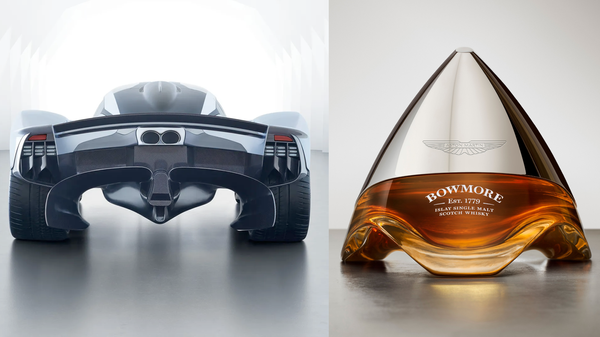The ultimate guide to verifying if a diamond is real
Purchasing a diamond is a significant investment. Knowing its authenticity is crucial. Learn to identify real diamonds, key characteristics, and ethical choices.

Purchasing a diamond is a significant investment. Knowing its authenticity is crucial. Learn to identify real diamonds, key characteristics, and ethical choices.


A one-of-a-kind Phantom celebrates Sakura season with exquisite cherry blossom embroidery and groundbreaking Bespoke craftsmanship.

Geneva hosted a spectacular showcase of LVMH watchmaking, where innovation, elegance and precision took centre stage.

Julien Epaillard wins the Longines FEI Jumping World Cup™ Final in Basel, with Longines presenting him a refined Conquest chronograph.

Bowmore and Aston Martin unveil ARC 54, a rare 54-year-old single malt in a decanter inspired by the design of the Valkyrie hypercar.
Don't miss luxury updates